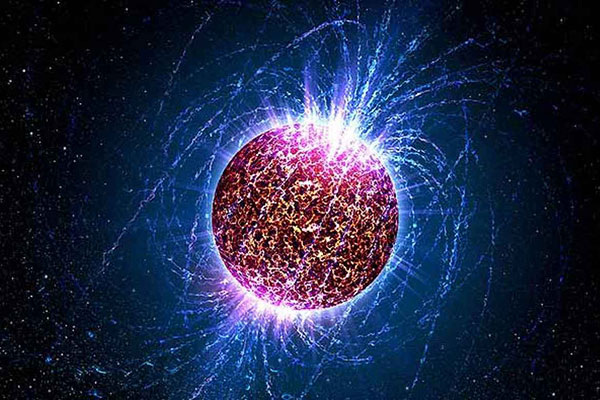"The charged pion and antipion decay respectively into a muon plus antineutrino and an antimuon plus neutrino with an average lifetime of 2.603 x 10-8 seconds, the neutral pion decays into two photons with an average lifetime of about 0.8 x 10-16 seconds, and the muon and antimuon decay respectively into . . ." And so it runs on—and this from a book for the general reader by one of the (normally) most lucid of interpreters, Steven Weinberg.
“帶電的π介子和反π介子分別衰變成一個μ介子加上反中微子和一個反μ介子加上中微子,平均壽命為2.603*10的負8次方秒;中性π介子衰變成2個光子,平均壽命大約為0.8*10的負16次方秒;μ介子和反μ介子分別衰變成……”如此等等──而且,這段話還是從(通常)文筆淺顯的作家斯蒂芬·溫伯格為普通讀者寫的一本書里引來的。
In the 1960s, in an attempt to bring just a little simplicity to matters, the Caltech physicist Murray Gell-Mann invented a new class of particles, essentially, in the words of Steven Weinberg, "to restore some economy to the multitude of hadrons"—a collective term used by physicists for protons, neutrons, and other particles governed by the strong nuclear force.
20世紀60年代,加州理工學院物理學家默里·蓋爾曼試圖把事情簡化一下,發明了一種新的粒子分類法,用斯蒂芬·溫伯格的話來說,實際上“在一定程度上使大量的強子重新變得一目了然”──強子是個集體名詞,物理學家用來指受強核力支配的質子、中子和其他粒子。

Gell-Mann's theory was that all hadrons were made up of still smaller, even more fundamental particles. His colleague Richard Feynman wanted to call these new basic particles partons, as in Dolly, but was overruled. Instead they became known as quarks.
蓋爾曼的理論認為,所有強子都是由更小的,甚至更基本的粒子組成的。他的同事理查德·費曼想跟多利那樣把這些新的基本粒子叫做部分子,但是沒有獲得通過。它們最后被稱做夸克。
Gell-Mann took the name from a line in Finnegans Wake: "Three quarks for Muster Mark!" (Discriminating physicists rhyme the word with storks, not larks, even though the latter is almost certainly the pronunciation Joyce had in mind.) The fundamental simplicity of quarks was not long lived. As they became better understood it was necessary to introduce subdivisions.
蓋爾曼從小說《芬內根的覺醒》的一句話中取了這個名字:“給馬斯特·馬克來三夸克(quarks)!”(敏銳的物理學家把storks或larks作為該詞的韻腳,盡管喬伊斯腦子里想的幾乎顯然是后者的發音。)夸克的這種基本的簡潔性并沒有持續很久。隨著人們對夸克的進一步了解,需要更細的分類。












